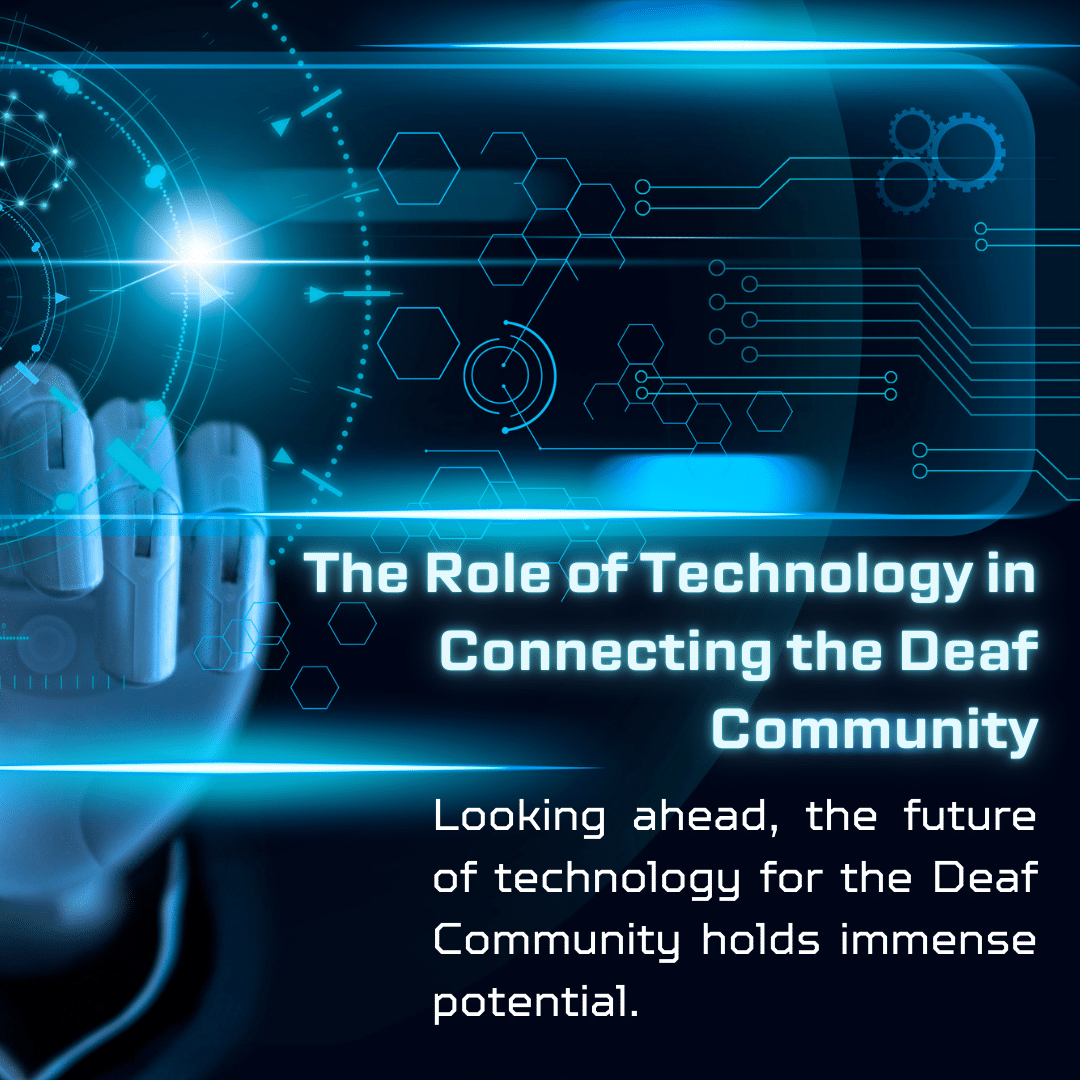
Impact of Masks on the Deaf and Hard of Hearing
- by Start ASL
- No Comments
by Jonathan McGee (10/29/2020)
The world wide pandemic has caused many inconveniences for the general public. Shops are closed, plans were cancelled, “regular life” has been interrupted, but in all this turmoil humans tend to only think of their own personal problems that they are facing. The Deaf and Hard-of-hearing are facing all these same problems, but they are also facing issues with communicating due to the mandate of wearing masks. Masks are necessary for staying healthy and helping others stay healthy, but to the Deaf they are not just “uncomfortable” they can also act as a hindrance to daily communication.
The BYU article, “Face masks’ effect on the deaf community” states that “Face shields have great visibility, but can often reflect light, causing glares. Masks that have clear plastic with fabric edging are actually not effective at all; the fabric edging locks in moisture from breathing and will fog up the plastic piece, defeating the idea of a clear face mask. Clear masks with foam edging have been very effective but are usually the most expensive of all the clear mask types”[1]. Visibility of the face is important for reading lips and reading facial expressions while signing. With masks blocking these important social cues it makes daily conversation even more difficult for the Deaf. Accessibility to masks that do not fog and have a clear view of the face are fundamental to helping the Deaf become more included and still safe during the pandemic.
University of Oregon paper “The Daily Emerald” interviewed Professor Catron, an ASL professor, who is “profoundly deaf”, and asked him about how his experience has been wearing masks. “’I wear a mask myself, but if I see a person that’s talking to me, I’m not sure […] Their lips are not shown because of their masks. I can’t tell if their lips are moving, so I’m not sure if they’re trying to talk to me. I tend to mind my own business and limit my interactions with other people’”[2]. The mask has acted as a limitation to Professor Catron’s daily life. Masks are important to keep others and yourself safe and healthy during the pandemic, but they also obscure a very important tool that deaf and hard-of-hearing people use to communicate. Hearing people who interact with the Deaf should be considerate of this limitation and should try different means of getting a deaf person’s attention and should not just give up interacting because the mask makes it harder.
As for the hard-of-hearing community the masks provide a similar type of challenge. Rochester Regional Health clinical audiologist Lindsay Saltsman, Au. D. advises individuals with hearing aids to take time to consider the size, shape, design, and even the way they remove their masks [3]. If a mask is too big, too small, wraps around the ears, or even is removed in public it can cause hearing aids to fall out or be lost. Dr. Saltsman also urges hearing people to try to improve how they communicate with hard-of-hearing people. Reword sentences, do not just restate because the nature of hearing loss is that it might have been those words mixed with the fact that they cannot read your lips that was the reason they could not hear you in the first place.
These challenges can be fixed and the situation can be improved upon to make all parties more comfortable in tough times like these. The ASL Club at the University of Oregon exemplifies this in the Daily Emerald article, stating they are “[…] welcoming to any student who wants to learn more about sign language or being an ally with the Deaf community” mentioning that we need to make an effort to work towards a “more inclusive future”[2]. Everyone should be more aware that issues like these exist and we should all try to be advocates for deaf and hard-of-hearing people.
Resources
[1] Welker, Mandy. “Face masks’ effect on the deaf community.” The Daily Universe. 15 Oct. 2020.
[2] Glazer, Jane. “Deaf in a pandemic: How the Deaf UO community is handling the new normal.” Daily Emerald. 16 Oct. 2020.
[3] “How COVID-19 Impacts the Deaf & Hard-of-Hearing Community.” Rochester Regional Health. 5 Oct. 2020.










